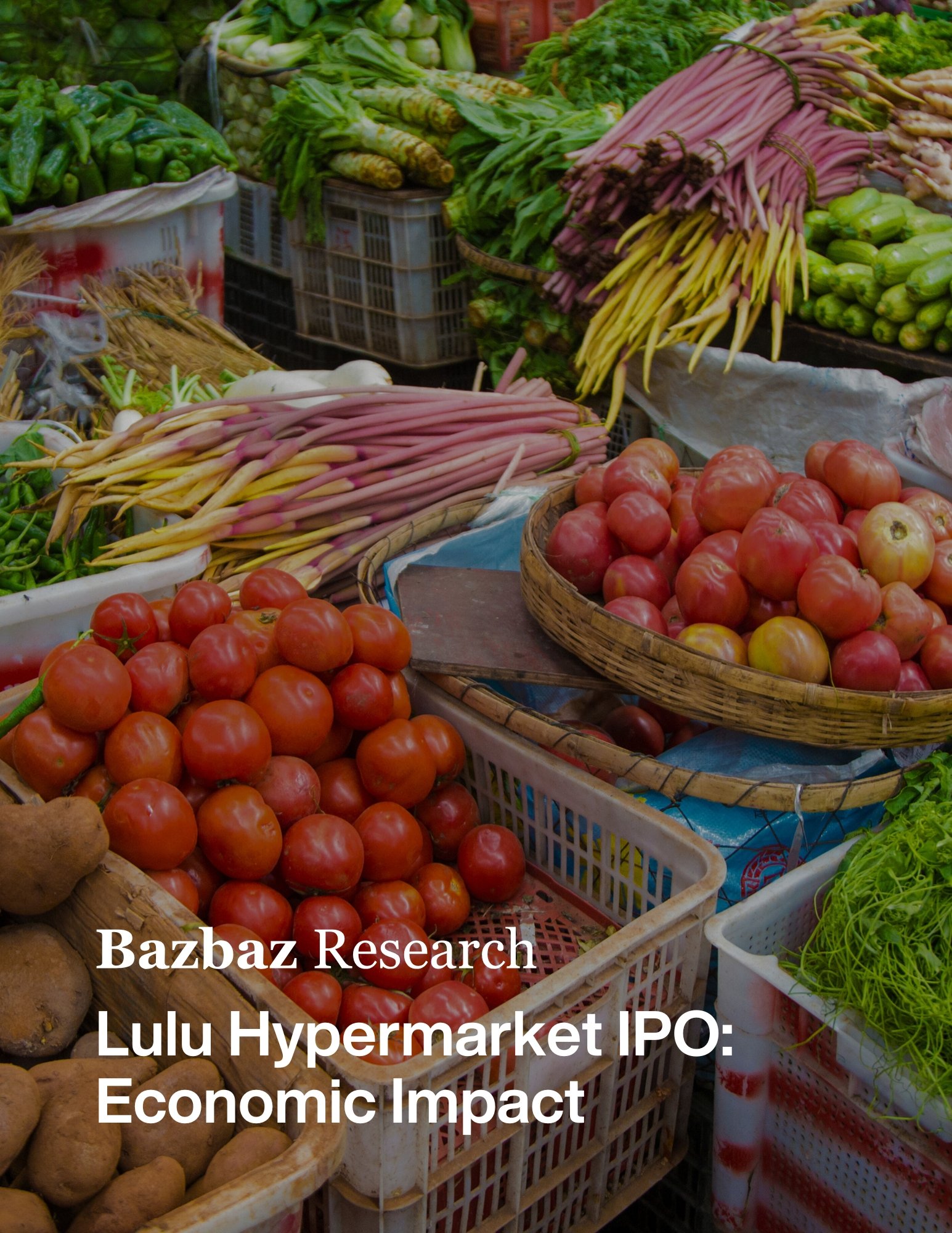Lulu Hypermarket IPO: Economic Impact
Lulu Hypermarket IPO: Economic Impact
Basel Saadi, MSc
This paper analyzes the Initial Public Offering (IPO) of Lulu Hypermarket and explores the broader economic implications and market dynamics associated with IPOs. By examining empirical data and insights from the Lulu IPO prospectus, we aim to understand the financial performance, investor response, and strategic importance of IPOs in modern economies.
Overview of the IPO
Company Background
Lulu Hypermarket is a major retail chain with a significant presence in the Middle East and Asia. Known for its diverse product offerings and customer-centric approach, Lulu has become a prominent player in the retail sector.
IPO Objectives
The primary goals of Lulu’s IPO include raising capital for expansion, reducing debt, and enhancing corporate visibility. The proceeds from the IPO will be used to finance new store openings, invest in technology, and repay existing loans.
Key Financials
According to the prospectus, Lulu reported robust financial performance with steady revenue growth and healthy profit margins. The company’s revenue as of March 2024 was just under $2 billion, with a net profit margin of 4.8%.
Valuation and Pricing
The IPO was priced at $0.56 per share, implying a valuation of $5.74 billion. The pricing strategy aimed to attract a diverse range of investors, from retail to institutional buyers. The company ended up raising $1.72 billion.
Economic Implications
Market Conditions
At the time of Lulu’s IPO, the global stock markets were experiencing moderate growth, with investors showing renewed interest in retail stocks due to post-pandemic recovery trends. Economic indicators such as GDP growth and consumer spending were positive, supporting a favorable environment for IPOs.
Sector Analysis
The retail sector, particularly in the Middle East and Asia, has shown resilience and growth potential. Lulu’s strong market position and brand recognition provided a solid foundation for its IPO success.
Investor Response
The IPO received a strong investor response, with the offering being oversubscribed by 25 times. This reflects investor confidence in Lulu’s growth prospects and the overall positive sentiment towards the retail sector.
Historical IPO Performance
Empirical data suggests that IPOs typically perform well initially, but their long-term performance can vary. Companies with strong fundamentals and clear growth strategies tend to outperform the market. It is to be seen how the stock of Lulu moves in the coming years.
Macroeconomic Factors
Interest Rates
Low interest rates create a favorable environment for IPOs, encouraging investment and spending. High interest rates can reduce investor appetite for risk.
Inflation
Moderate inflation can be positive, but high inflation can erode purchasing power and increase costs, hindering IPO performance.
GDP Growth
Strong GDP growth correlates with robust corporate performance and investor optimism, also improving performance in the IPO market.
Market Sentiment
Investor confidence, driven by economic stability, impacts IPO performance. For example, if the overall economic trend looks weak, regardless of a company’s real performance, an IPO can be underwhelming.
Risks and Mitigations
Volatility
IPO stocks often exhibit significant price swings in the early days of trading. This is driven by market sentiment, speculative trading, and uncertainty about the company’s fair valuation. High volatility can lead to significant losses for investors who buy at the peak or panic sell during dips.
To mitigate this, conducting thorough due diligence is crucial, such as by reviewing the company's financials, business model, growth prospects, and competitive positioning. Additionally, avoiding investment decisions based on hype or short-term price movements and instead focusing on the long-term fundamentals can help.
Overvaluation
IPOs can be priced aggressively by companies and underwriters to maximize capital raised, sometimes leading to overvaluation. This often occurs during market booms when investor enthusiasm is high. Investing in an overvalued stock increases the risk of poor returns or losses when the price corrects.
To reduce this risk, comparing the company’s valuation multiples (e.g., Price-to-Earnings) with those of industry peers and historical averages can help uncover red flags.
Lock-Up Period Expiration
During the IPO process, insiders are often restricted from selling their shares for a certain period, usually 90 to 180 days. When this lock-up period expires, the sudden increase in the supply of shares on the market can put downward pressure on the stock price.
This may be inevitable, but monitoring the lock-up period expiration date and paying attention to insider activity leading up to this point can help. If a significant portion of insiders begins selling, it may indicate potential concerns about the company's valuation or growth trajectory.
Market Timing Risk
Companies may choose to go public during favorable market conditions, not necessarily when their business fundamentals are strong. A downturn in broader market conditions shortly after the IPO can significantly affect the stock’s price, even if the company performs well operationally.
Assessing the timing of the IPO in relation to market cycles and economic conditions is important. Avoiding investing during periods of market exuberance or speculative bubbles can provide protection.
Conclusion
Strong financial performance, strategic growth plans, and favorable market conditions are key pillars of a successful IPO. Companies that demonstrate consistent profitability, sustainable revenue growth, and prudent financial management are more likely to attract investor confidence and achieve long-term success in the public markets.
Similarly, a clear growth strategy provides a roadmap for future success and helps investors align with the company’s vision. Favorable market conditions further enhance the chances of a successful IPO.

